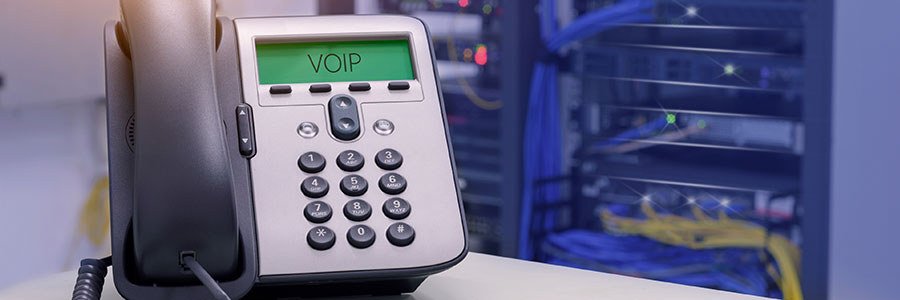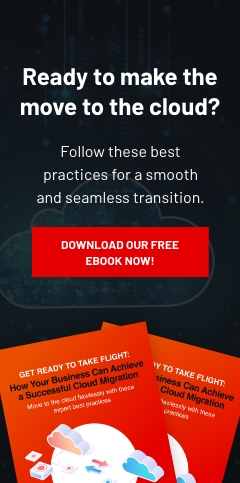Voice over Internet Protocol (VoIP) is a powerful business tool for communicating with customers, vendors, and employees. Compared to traditional phone lines, VoIP is less expensive and offers more advantages, such as the ability to make and receive calls over the internet. This is why more and more companies are leveraging the technology.
But what many organizations might not know is that VoIP, like any other computer system, may also be susceptible to a variety of cybersecurity threats. In this blog post, we'll discuss the most common VoIP security threats and how you can protect your business from them.
1. Distributed denial-of-service (DDoS) attacks
In a DDos attack, a hacker uses thousands of computers to target an internet-accessible system and flood it with connection requests. Once traffic becomes too much to handle, the system will become unusable. A DDos attack can take down an entire VoIP network, preventing employees from communicating with customers or each other.
Defend your business from DDoS attacks by establishing a separate internet connection purely for VoIP traffic. This will prevent attacks on your other systems from affecting your VoIP setup. You can also use a virtual private network to secure your VoIP calls and data.
2. Vishing
Vishing, also known as voice phishing, involves attackers making phone calls claiming to be from legitimate companies to steal sensitive information, such as passwords, bank details, or trade secrets. In a survey of IT professionals conducted in 2021, almost 7 in 10 respondents reported having encountered vishing attacks.
Common signs of vishing attacks include unexpected calls from a reputable entity, unusual caller IDs, or the caller urging the receiver to take immediate action. If the scammer successfully obtains their victims’ private information, it can result in data breaches.
To protect your business from vishing attacks, always confirm the legitimacy of calls by contacting the company from a known number. Also, be skeptical of those who ask for your personal data. Remember that legitimate companies will never ask for sensitive information over the phone.
3. Eavesdropping attacks
In an eavesdropping attack, an unauthorized person listens in on a conversation. When an attacker gains access to a VoIP system (typically through phishing or hacking), they can eavesdrop to gather information for malicious purposes, such as identity theft or fraud.
To combat eavesdropping attacks, encrypt your VoIP calls with a secure protocol, such as Secure Real-Time Transport Protocol. You should also implement multifactor authentication so that even if a cybercriminal acquires a user’s login credentials, they will be denied access without the other identification factors required.
When an attacker gains access to a VoIP system (typically through phishing or hacking), they can eavesdrop to gather information for malicious purposes, such as identity theft or fraud.
4. Malware
Malware is an umbrella term used for malicious software designed to gain access to or destroy computer systems without the owner’s knowledge. Common types include viruses, worms, and Trojans.
Malware can disable or use your VoIP system to make calls without your knowledge. It can also give attackers access to your company’s network and allow them to steal sensitive data or unleash nastier malware.
To protect your business from malware attacks, ensure that all VoIP devices are kept up to date with the latest security patches. You should also keep your antivirus and anti-malware software updated to ensure that they can detect and remove any VoIP-specific malware.
5. Phreaking
A portmanteau of the words “phone” and “freak,” phreaking is a type of service theft wherein cybercriminals hijack your VoIP system and use it as their own. Specifically, they can change your call plans and add as many account credits as they want to make as many regular and long-distance calls as they like. Phreaking also aims to access voice mail, reconfigure call routing strategies, and steal billing information.
Protect your business from phreaking by properly configuring your VoIP system and applying password protection and data access restrictions on all of your devices. You can also try using a billing platform that can detect and block suspicious activity, such as fraudulent calls.
Need more help protecting your VoIP systems from cyberattacks? Turn to Complete Document Solutions today. We will ensure that you can make and receive calls without the threat of cybercriminals infiltrating your systems.



Leave a comment!